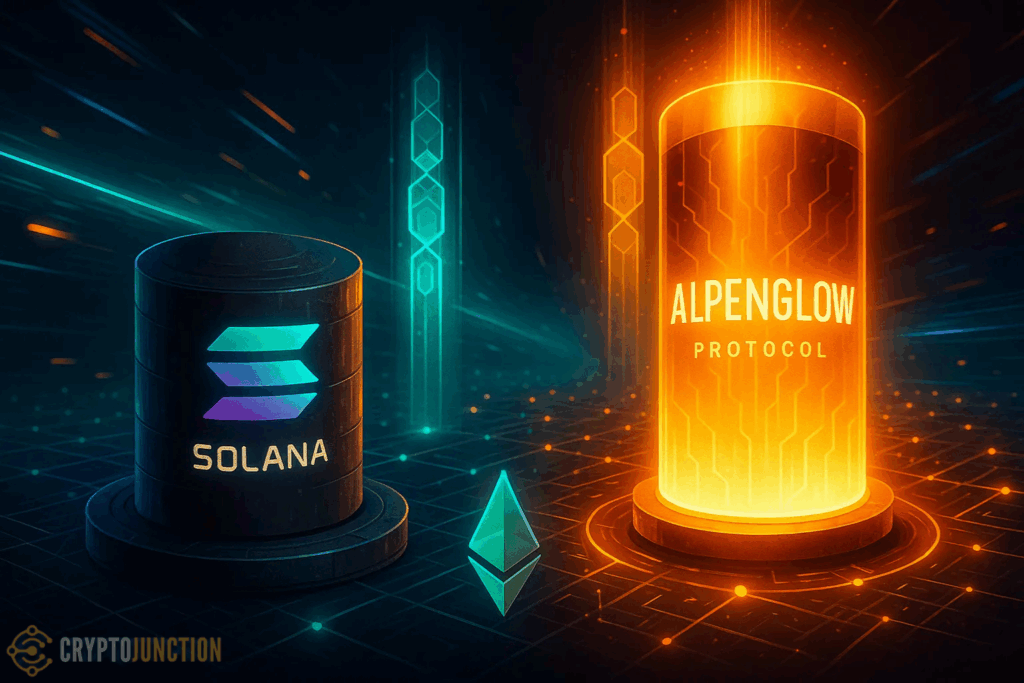Solana’s biggest breakthrough since launch is The Alpenglow Protocol. This protocol, spearheaded by Anza, marks a radical redesign aiming for sub-second finality and unparalleled reliability. If we pull it off, we may see a blockchain under the Alpenglow Protocol as fast and stable as traditional Web2 systems.
Replacing what Solana had with Proof of History and TowerBFT, we present Votor and Rotor. These introduce to the table solutions for issues of latency and scale. The Alpenglow experience helps difficult decentralized applications, like dApps, to operate more in real-time.
Anza’s Role and Design Philosophy
In 2024, the formation of Anza focused on the Alpenglow Protocol, was born to push out the decentralisation of Solana. Presently, that is not what Solana Labs is doing. Solana Labs is instead focused on the growth of the ecosystem. In contrast, Anza is on a mission to refine the protocol’s network performance. We see in Anza a very minimalistic approach, which they have taken to remove what they see as unnecessary consensus logic. This in turn allows bandwidth to flourish.
Key features of this redesign are deterministic finality and global optimisation. These changes make the network run smoothly across the world’s validator nodes and continue to refine the Alpenglow Protocol. Which helps to ignore the latency issues.
Alpenglow Protocol Speeds Up Solana’s Infrastructure
The Alpenglow Protocol introduces Votor that brings finality down to 0.1 seconds if 80% of nodes agree. For lower numbers of participants, we have a 2-round fallback system. Also, Rotor overhauls Solana’s data relay network which in turn sees large drops in propagation time.
Rotor has a flat relay structure, as opposed to Turbine’s hierarchical one, within the Alpenglow Protocol framework. We see that nodes with larger stakes get preferential service in data relay. As a result, we have 85 times faster block confirmations. Even remote nodes are kept in step with the network’s pulse.
Alpenglow Protocol Real Time Web3 Use Cases.
Fast adoption has brought Solana to new markets. In real-time gaming, high-frequency trading, and IoT payments, we see that decentralized apps are now practical on-chain. With response times of under 200 ms, the Alpenglow Protocol may finally see competition with Web2 giants.
New stake pools within the Alpenglow Protocol will dole out rewards to relay nodes and at the same time penalize malicious actors. Also, early models predict a drop of 40% in computing resources used. This, in turn, will make validation a more economical and green process.
Conclusion
The Alpenglow Protocol is also a performance tweak; it is a full protocol reimagining. In which we see speed, resilience, and decentralization combined. Consequently, Solana transforms into a platform for future-ready finance and interactive Web3 experiences. Community buy-in and easy integration ensure the Alpenglow Protocol’s success. If Anza does what is expected, Alpenglow may see a large-scale move away from centralized platforms. This, in turn, will change how the world uses blockchain.

